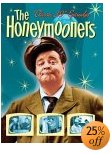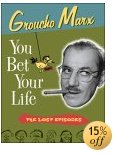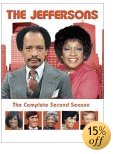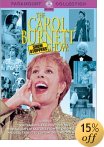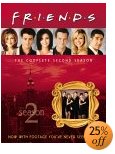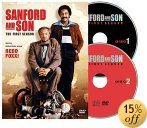|

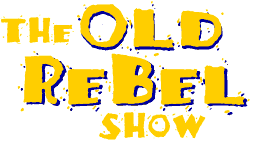
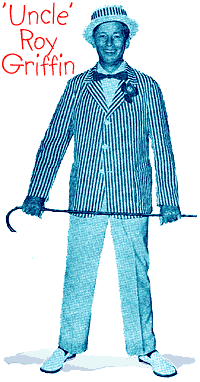
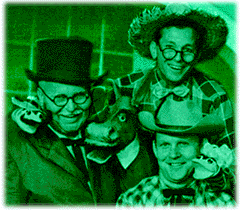
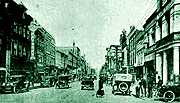
The corner of Elm Street
and Washington in 1900.
Yesterday
as told by Roy Griffin in 1967: Roy remembers an incident growing up
in Olde Greensboro:
Living
close to the Carolina Bakery, located in the 700 block of West Lee street
(now Southern Bakeries) I can remember the delicious odor of freshly-baked
bread - we kids used to congregate in the alley behind the bakery and
just stand there and "smell" the scent oozing from inside the building
- and once in a while, the manager, Mr. Miller, (who, I remember looked
like "Moon" Wyrick today) would open the back door, and give us an empty
pail that had contained icing for cinnamon buns, and our little grubby
fingers would do some real "sopping"!
(I
suspect today things would be different:
Today,
one of the grubby little kids would get a tummy-ache
and old Mr. Miller would be hauled into court (Moon Wyrick resemblence
or not) and forced to pay through the ass and have to explain why he
has the time and inclination to pass out buckets of icing to children
through the back door of a burnt-out bread factory on Lee Street. Read
all about it in the Community Crime Report.)
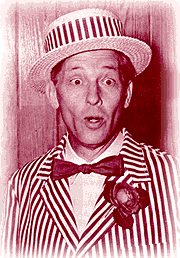
The
Kiddie Scene
with Mr. GreenLimbo's Cartoon Circus
|
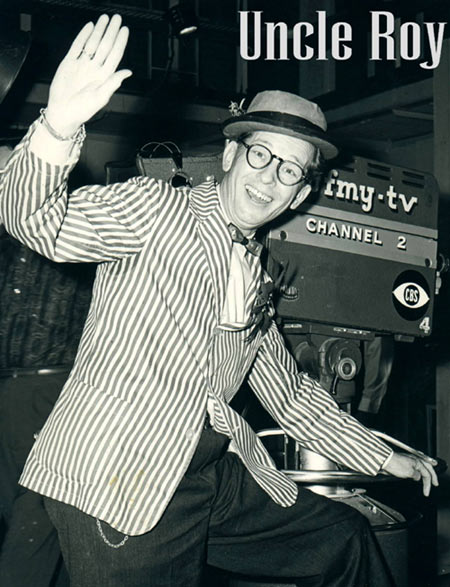
Roy Griffin was a familiar name to many viewers of the Old Rebel Show
during the Sixties and Seventies, self-described "Lifetime resident
of Greensboro and Executive Director of the Greensboro Community Center"
(now defunct). Griffin was a larger-than-life character decked out in
a straw hat and farmer duds in the Sixties, and in walking cane, red-striped
sport coat and straw hat in the Seventies when he made his many appearances
on 'The Old Rebel Show' as everyone's "Uncle Roy Griffin".
Griffin authored two books on life in Old Greensboro: "As I Remember...
(A Boy in the 'Twenties)" (1967) and "Look Over Your Shoulder... One-Nine-00"
(1970). Both books were collections of short essays, the author's reminiscences
of his childhood growing up in Greensboro during the years 1890 - 1930.
Simpler times to be sure, made more compelling given the events of the
last thirty years.
You have to admire a man like Roy Griffin. He worked tirelessly for
the city's community center, and went on television to try to instill
a sense of history and community pride in the young viewers. You don't
see much of that these days.
I never met the man myself, but I remember seeing Roy Griffin on television
and he struck me as a man with a tremendous amount of positive energy
and a sincere desire to leave stories from the past for future generations
to discover. In that spirit, I present a few short excerpts from his
book "As I Remember... (A Boy in the Twenties)", published by the author
in 1967:
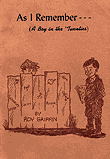
Treat
It fell to my lot to take the family grocery bill money, once a week,
to Helper Brothers Grocery Store at 5 Points- An errand I enjoyed! -
And friends in the neighborhood liked to go with me, 'cause when I paid
the bill, I would always get a treat! - Mr. Will, with his big black
mustache, would always give me a bag of candy! - Mr. Earnest would always
give me fruit! - But Mr. Gene would mix up the treat! Candy, plus fruit,
plus cookies! - So, I always tried to wait 'til Mr. Gene could take
the money! - Smart!!
Passing The Time
Sometimes, my father would take a group of the boys to the Clegg Hotel
Coffee Shop, and we would sip a cold drink and admire the "Railroading"
picture painted around the inside walls - It was true to life, and I
understand it was painted by a "down and out" artist - for his room
and board at the hotel. Then, we would walk across the street to the
Depot, and the platform man would let us get a piece of ice from the
ice chest, and we would nibble it all the way home! Mama would scold
because we let the ice drip on our shirt fronts. She said the wetness
across our chest would give us a cold.
Mr. Wharton
We kids had friends on Asheboro Street, and would visit them quite
often - Being kids, we would wander and play all over the area. One
day, we were approached by Mr. E. P. Wharton, who lived in a yellow
brick "mansion" with four big, white columns at 406 Asheboro Street.
He told us that he would appreciate our not running across his yard
and would make it worth our while for us - He did - About every time
he saw us coming down the street, he would get out of his hammock on
his porch, and walk down to the sidewalk and give us candy "jawbreakers"
out of a paper poke. He was good to us, and we respected his wishes.
We never bothered a good man. We only bothered a bad man!
(Note: At that time I couldn't possibly know that this home would
house the Greensboro Community Center, and that I would be the director.)
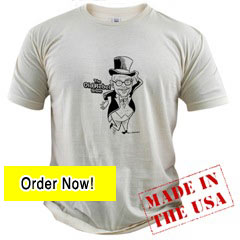 
If you can find it, the book is fun to read and the pictures of old Greensboro
found interspersed with the text reveal a city with a wealth of architectural
treasures - many sadly gone. Those of us who grew up in small towns will
recognize that sweet moments like the ones recounted in this book happen
with less frequency today. Keep in mind also that a self-published book
was a great deal more expensive to produce back in the Sixties.
Roy Griffin's homemade, self-published, hand-drawn paperbacks are important
historical documents today - a time when many refer to the town he loved
so much as Greedsboro.
|
